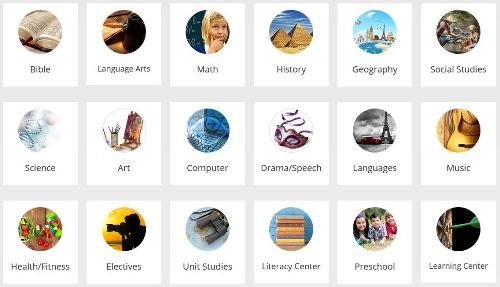::1::
I ran across this, Charlotte Mason and Classical: A Delicious Mix of Philosophies, the other day, that's also looking at the 8 principles of Classical Education that Dr. Perrin lays out that I've been blogging about in my Classical Education series. Looks like it's a couple months old, so they'll have had some time to put up some posts, and I'm looking forward to reading them.
::2::
I finished my second map for the Bible Geography course that I'm taking. I now know where Ur was, and Haran, where Abraham went when he left town, and Hebron, which is the location of the Tomb of the Patriarchs, where Abraham, Isaac, and Jacob are traditionally thought to be buried. I'm still working on putting a listing of the verses that relate on the page just behind the map for reference. Need to do that for the Exodus map I made, too. Abraham was a loooong time ago. That's one thing that really struck me from this study: with Moses, you're able to narrow it down to just a few times and places where he would have been, but there's just a lot more uncertainty about Abraham's locations. In any case, knowing where some of the key points happened, and putting them on the map myself, and the map in my scripture journal, helps me to cement them more firmly into my brain. And to follow the story a little better. Also: Abraham started all this wandering when he was just a young'in: only 75 years old. That's one tough dude.
::3::
I was browsing around the Read Aloud Revival's webpage, and I found this awesome listing of podcasts and other lectures. Some of my favorite speakers are there - in fact I've already listened to several of the lectures. But there are also some new speakers for me to discover while I make dinners and fold laundry. I'm looking forward to digging in.
::4::
I'm adding a new blog to my blogroll: about domestic abuse, but not the beat up your family kind, the manipulate and control kind. It's called Songs from the Cage, and it's written by a woman who left a narcissistic abuser, and her journey. It also touches on the ways in which her community failed her by playing into her husband's hands, not in a "they're awful; hate them" kind of way, but in a "this is what abusive people do; be aware" kind of way. It's so important. I suspect that this type of abuse is very common -- and that lots of well-intentioned, kind people, people who are trying to help, have played into the hands of abusers. I have seen it happen in my circle from time to time, and it's just heart breaking. Please, have a look.
::5::
My favorite self-education group is doing calligraphy this year, among other things. I've played around with hand-lettering some, but not extensively. However, it's something that's so fun to do in my scripture journal that I have been wanting to do more. This beginners' guide suggests starting with "faux calligraphy" -- look-alikes done with a regular pen. Which is perfect because I not only don't have a pen, but I'm not sure yet what pen I want. And this tutorial has a really cool look, with all the connectors dipping below the line, and a cool suggestion for how to practice: write the alphabet. And, of course, practice pages. Gonna need some of those.
::6::
I am so excited! Hero is learning his first Irish jig -the Swallowtail Jig- and his teacher thinks he'll be ready in time to play it around St. Patrick's Day. She's amazing at the Irish music, and I'm so excited that one of the kids is ready to play some! And, although I didn't sneak a picture of all the cuteness, I just love watching her teach my little ones - she's amazing with kids who are "too little" for instruments. Soooo patient with Peanut's crazy that peeks out from time to time. It's true, what they say about older kids learning music so much faster. But it's also true that my little ones adore lessons, and while they are slow with the music, they are also learning other things that I value tremendously. And they do learn the music, too.


































